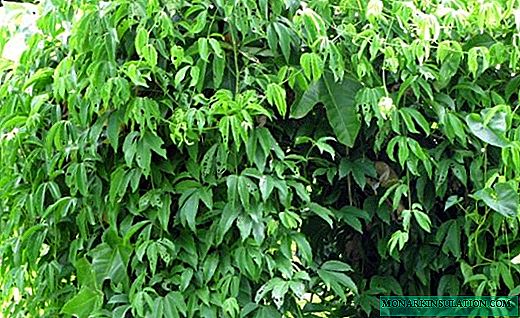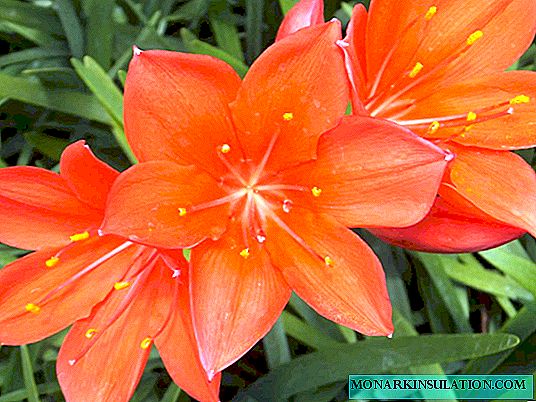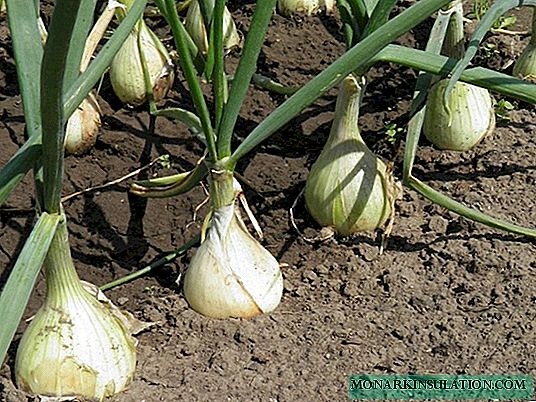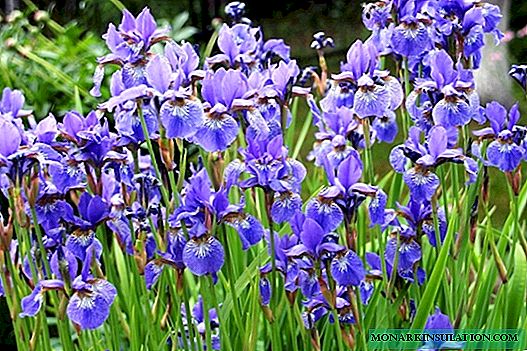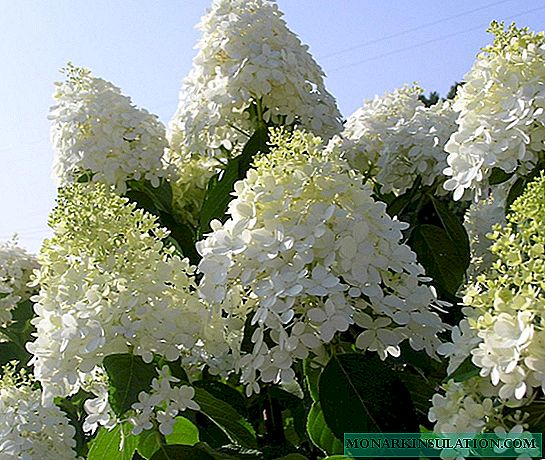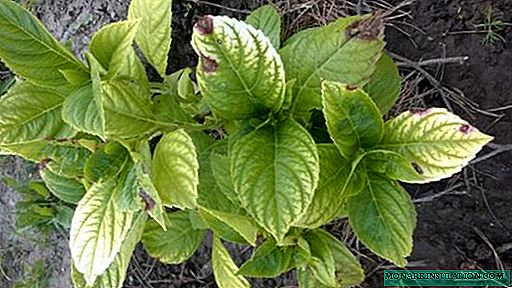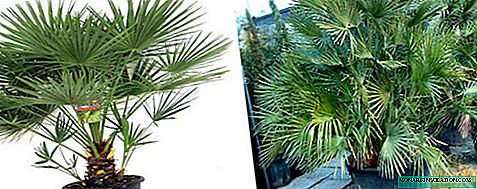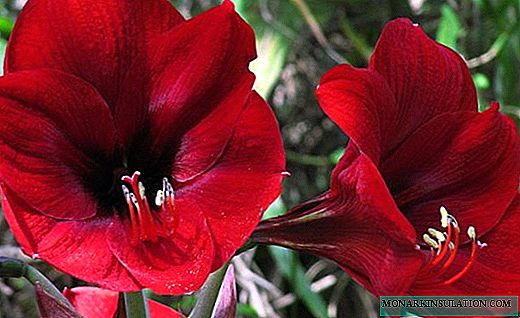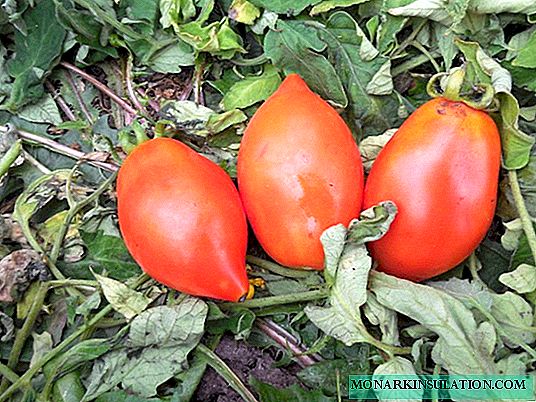
Tomato Rocket is to some extent nostalgia. He is known for so long and is so loved by gardeners that even against the backdrop of the latest varieties and hybrids with improved characteristics, it is impossible to forget and stop loving it. Basically, it is not even appreciated for taste or appearance, but for reliability.
Description of the variety Rocket, its characteristics, region of cultivation
Tomato Rocket was created in the 1970s. in Krymsk. An application for registration was filed in 1975, but for some reason only after 5 years the variety got its place in the State Register of Breeding Achievements. And even there a surprise awaited him: if Central Black Earth, North Caucasus, Ural and West Siberian appear on the "cover" as growing regions, then in the detailed description we are talking only about the North Caucasus. And this fits into its history: looking at the set of recommended regions, it is difficult to logically explain it: why is the warm Caucasus here adjacent to the harsh Urals? Amateurs judged in their own way and began to grow the Rocket everywhere. At the same time, both in greenhouses and in unprotected soil, the variety stably gives excellent results.
Even on the use of fruits in an official document, the opinion is ambiguous: it is indicated that this is a variety of universal use, but in the classification it is indicated as canning. Indeed, the size and shape of tomatoes allows them to be successfully used for whole-canning. Moreover: the fruit ripens together, hangs on bushes for a long time without re-ripening, and is suitable for a single mechanized harvest. This is a big plus in terms of industrial grade use. In amateur vegetable growing, however, it is not for everybody: many people love varieties with extended fruiting.

The first fruits may ripen earlier than the rest, but they hang and wait for their brethren.
The rocket belongs to mid-early tomatoes: the fruits are harvested 4-4.5 months after emergence. The bush is determinant, of medium height, a little more than half a meter, compact, which saves space on the bed. There are few leaves: the fruits are well lit by the sun. Each brush contains from 4 to 6 fruits. The first inflorescence is located above the 5th or 6th leaf, each subsequent one through 1 or 2 leaves.
The shape of the tomato corresponds to the name of the variety: elongated-plum, smooth, red. The fruits are medium-sized: from 34 to 58 g. The taste of fresh tomatoes is not considered excellent, estimated by tasters at 3.8-4.0 points. The skin is dense, cracking in moderately rainy weather is not observed. The pulp is fleshy, the fruit contains 2 or 3 seed chambers. Tomatoes are also used in salads, but they are mainly used for all kinds of preparations.

The Rocket should have a slightly drawn nose, which is why it looks different from many similar tomatoes
Productivity is high: during industrial cultivation, during the main harvest, up to 600 kg / ha is removed, after which only a few tomatoes remain, which also ripen over time. In amateur gardening, the yield is about 6.5 kg / m2. The fruits have excellent transportability.
The variety takes out many nutrients from the soil, therefore it requires intensive top dressing, especially potash fertilizers. Disease is weakly affected.
Advantages and disadvantages, features, differences from other varieties
A feature of tomato Rocket is that, given the compactness of the bush, the variety has a good yield, and the fruits wait for each other and harvest them at the same time, without re-ripening and without spoiling. This useful property allows us to consider the Rocket a variety of industrial purposes, but does not prevent it from having authority among amateur gardeners. The advantages of the variety are:
- small bush sizes, allowing for a compact landing;
- resistance to most diseases;
- lack of need for the formation of a bush;
- excellent crop mobility and safety;
- the possibility of mechanized cleaning;
- good, for a determinant variety, and stable productivity;
- good presentation of the fruit;
- the ability to grow both in greenhouses and in the garden, and even on the balcony.
As a drawback, a number of gardeners call what others consider a virtue: the simultaneity of fruit ripening. In addition, the disadvantages include the insufficiently high taste qualities of fresh tomatoes and the variety’s moodiness regarding the regime of watering and nutrition.
Tomato Rocket is often compared to a shuttle tomato. The shuttle appeared much later, it is less moody to the growing conditions. The shuttle is superdeterminant, its bushes are even more compact, but the yield, in this regard, is somewhat lower. The fruits are similar to the fruits of the Rocket, but smaller, their taste is also not considered excellent. The purpose of the Shuttle, in the first place, is also canning, but its fruiting is stretched.

The shuttle is very similar to the Rocket, but a little smaller
Even the State Register of the Russian Federation now offers several hundred varieties of tomatoes for whole-canning.
Of course, there are many among them that are clearly higher in consumer properties compared to the Rocket: after all, science does not stand still. Among the old varieties - these are the well-known Novichok and Novinka Transnistria, among the new ones - for example, Boatswain or Paintball. Each variety has its own advantages and disadvantages, each and its admirers.
Features of cultivation and planting
Agriculture of tomato Rocket is typical for determinant type tomatoes grown both in greenhouses and outside them.
Landing
A rocket in the southern regions can be sown directly in the spring in the spring, but in most cases cultivation is carried out through the seedling stage. Sowing seeds in pots or boxes is carried out about two months before transplanting seedlings in the garden. Care of seedlings of this variety has no features and is carried out in a traditional way. It includes a temporary decrease in temperature immediately after germination, picking at 10-12 days of age, moderate watering and a couple of dressings.

Rocket Seedlings should be short, stocky
Shortly before planting in the garden, seedlings are tempered. Tomatoes are planted in warm soil. A feature of planting seedlings of tomato Rocket is the possibility of a very tight planting: in the rows between the holes they maintain a distance of about 30 cm, between rows - about 60 cm. True, in the greenhouse, the Rocket, with proper care, can grow more intensively, so there the bushes are planted a little less often. However, recently determinant varieties have been trying not to grow in greenhouses: to save space, they are trying to plant tall tomatoes in protected ground.
Care
Caring for a tomato Rocket could be called ordinary, if not for the increased need of the variety for moisture and nutrients. Tomatoes are watered only with water heated in the sun. From 2 to 5 liters can go under each bush, depending on the weather and on the stage of development of the bush. Only the first week after planting is carried out without watering, then watering should be systematic. Excessive waterlogging is unacceptable, but the soil should be moderately moist until the fruit ripens.
As soon as the fruits begin to turn red, watering stops.
Already at planting, the Rocket variety is given an increased content of potassium with wood ash, and additional fertilizing is necessary during the growth of bushes. Two weeks later, tomatoes are fed phosphorus (40 g of superphosphate per bucket of water, a dozen or two bushes). After another 2 weeks, the same amount of potassium sulfate is added to superphosphate. Then, as the fruits grow, tomatoes are poured with an ash solution. Effective and foliar top dressing.
Rocket bushes practically do not form and often do not tie up, but given the abundant harvest, you should still not leave it on the ground, as the fruit grows, the main stem should be tied to a peg. If you decide to engage in the formation of a bush, then in the open ground they try to grow this tomato in 3-4 stems, in a greenhouse - in 2-3. After flowering, all leaves and stepsons under the first brush are broken.
Video: fruits of tomato Rocket on the bushes
Reviews
Rocket - I will always plant in pickles, pickles. In general, in any year with the harvest.
Helena
//dacha.wcb.ru/index.php?showtopic=38141&st=200
And that year, we were advised to buy seedlings of tomato Rocket. At that time, we still had no idea what he was like. But when the time came to harvest, our admiration knew no bounds. These were small tomatoes, slightly oblong in shape. When it was time to salt, it was beauty. Firstly, since they are compact, they fit a lot into jars. Secondly, they are dense and do not burst and do not crack during conservation. Well, and thirdly, they look like toy, perfect tomatoes in a jar.
Kristina
//otzovik.com/review_438727.html
Just a wonderful variety of tomatoes. And I liked him, first of all, the simplicity in its cultivation. It is not necessary to pinch, watering as free time, plants grow at a small distance from each other. Ideal for growing in greenhouses. Phytophthora hit him only closer to September. In general, the variety is not bad, easy to grow, resistant to disease.
Perhaponere
//otzyv.expert/otlichniy-sort-kotoriy-ne-pasinkuetsya-557899
Tomato Rocket is a well-known, well-deserved variety. And if its fresh fruits are not amazingly delicious, then in various types of preparations they are very good. The main thing is that with minimal care, the Rocket never fails to master.

